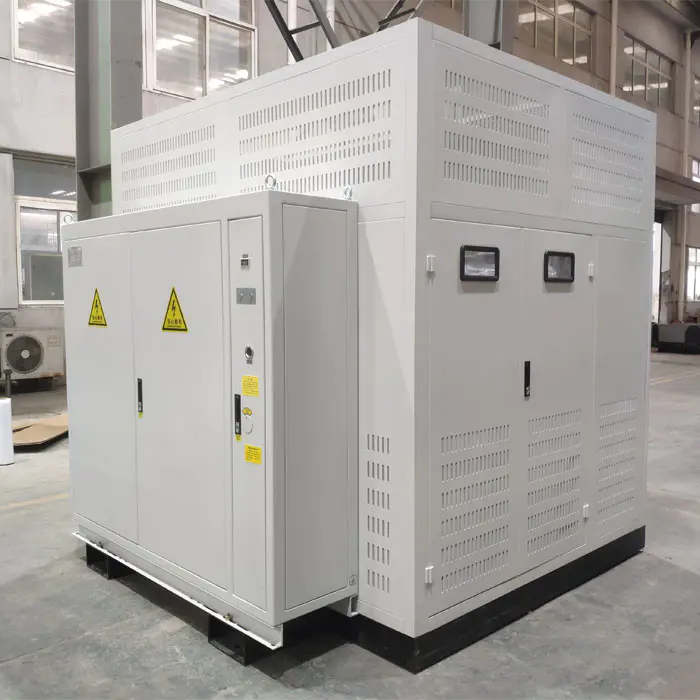
A vital component of electrical systems, dry transformers are utilized extensively in commercial, residential, and industrial settings. Dry transformers don't require insulating oil to cool its parts like oil-filled transformers do. To ensure safe and effective functioning, they instead rely on alternate techniques for heat dissipation. Here, we examine the heat dissipation management of dry transformers.
1. Air Cooling Mechanism
The primary method of heat dissipation in dry transformers is air cooling. The windings and core of the transformer are designed with materials and structures that allow natural air to flow freely around them. This air absorbs the heat generated during operation and carries it away, maintaining an optimal temperature within the transformer.
a. Natural Ventilation
In many cases, dry transformers are placed in ventilated enclosures or open areas where natural airflow facilitates heat dissipation. The transformer’s design often includes openings or channels that maximize exposure to air.
b. Forced Air Cooling
For larger or high-capacity dry transformers, forced air cooling may be employed. Fans or blowers are installed to increase the airflow around the transformer components, enhancing heat removal and ensuring consistent cooling under heavy loads.
2. Insulation Materials
Dry transformers use high-temperature insulation materials such as epoxy resin or cast resin to encase the windings. These materials are excellent heat conductors and can withstand high temperatures without degrading. By dispersing heat away from the windings, they prevent overheating and ensure the transformer’s longevity.

3. Thermal Design of Components
The core and coil assembly in a dry transformer are designed to minimize heat generation and maximize dissipation. Laminated cores reduce energy losses (known as core losses), which are a significant source of heat. Additionally, the windings are strategically spaced to allow better airflow and minimize hotspots.
4. Use of Heat-Resistant Coatings
The windings in dry transformers are often coated with heat-resistant varnishes or paints. These coatings not only provide insulation but also enhance heat dissipation by facilitating the transfer of heat to the surrounding air.
5. External Cooling Systems
In environments where natural or forced air cooling is insufficient, additional external cooling systems can be employed. These include air conditioning units or heat exchangers that regulate the ambient temperature around the transformer, preventing overheating even in extreme conditions.
Benefits of Cooling Systems for Dry Transformers
- Safety for the Environment: Dry transformers are safer to run and less likely to leak or spill oil because they don't utilize it.
Decreased Maintenance: Compared to oil-based cooling, air cooling systems require less maintenance, which lowers operating expenses.
Fire Safety: The probability of fire hazards is much decreased when there is no flammable oil present.
In conclusion
Dry transformers use a mix of thermal design, superior insulation materials, and air cooling to dissipate heat. These solutions guarantee effective functioning while reducing maintenance needs and their negative effects on the environment. Knowing how dry transformers handle heat highlights their dependability and applicability for a range of situations, particularly in urban and industrial environments where efficiency and safety are critical.
SGOB Dry Transformer, a cutting-edge electrical transformer designed for modern power distribution systems where reliability, efficiency, and safety are paramount. Unlike oil-immersed transformers, dry transformers utilize air or an epoxy resin-based insulation system, eliminating the need for insulating oil and offering a range of benefits.Visit our website at www.sgobtransformer.com to learn more about our products. For inquiries, you can reach us at enquiry@sgobtransformer.com.